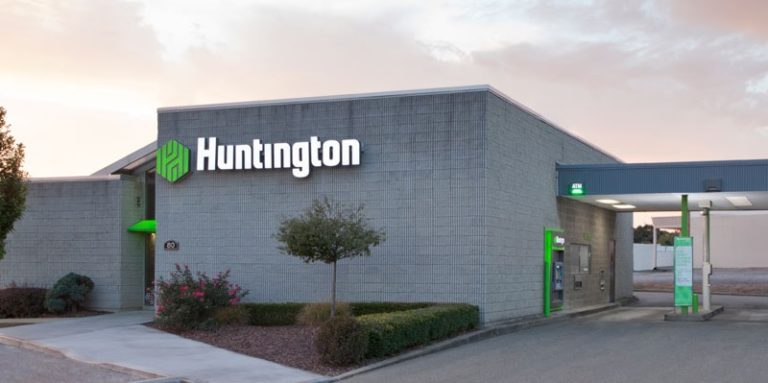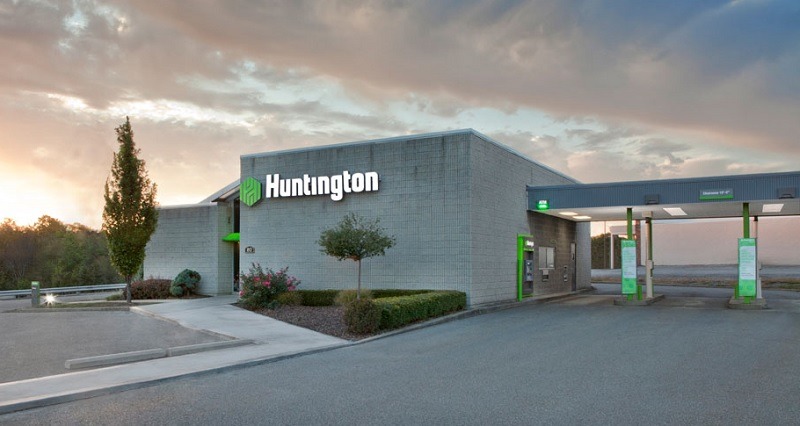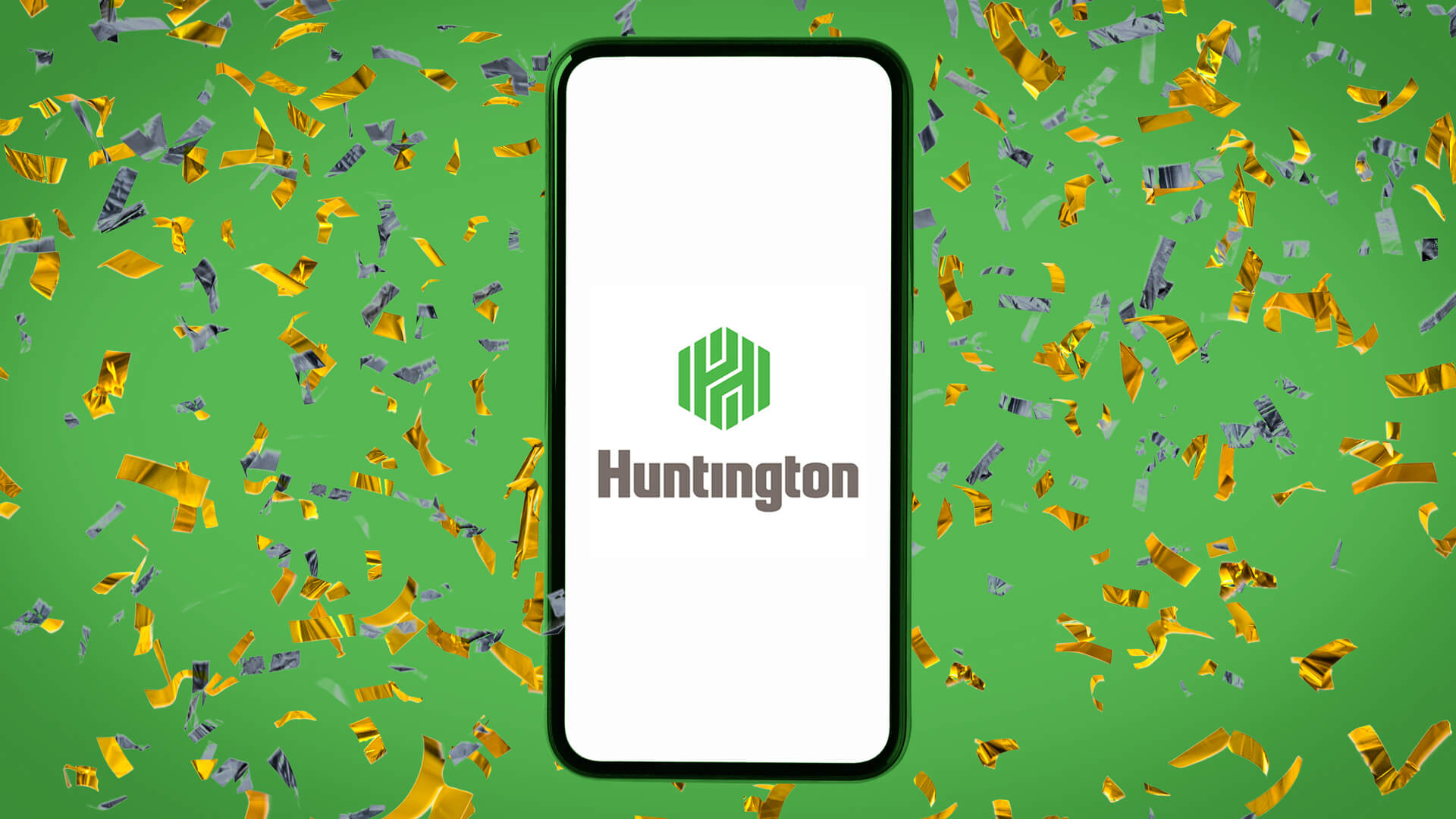Welcome to the realm of Huntington business promotions, where innovation and creativity converge to drive growth and success. In this comprehensive guide, we will delve into the multifaceted world of business promotions in Huntington, exploring the strategies, channels, and best practices that empower businesses to thrive in today’s competitive market.
From understanding the target audience and leveraging emerging trends to measuring the effectiveness of campaigns, this guide will provide you with the knowledge and insights you need to create and implement successful business promotions that resonate with your customers and drive tangible results.
Huntington Business Promotions

Huntington Business Promotions aims to foster a thriving business environment by providing incentives and support to local enterprises. The program offers a wide range of promotions to cater to the diverse needs of businesses in the region.
Data from the Huntington Chamber of Commerce indicates that over 80% of businesses in the area have participated in at least one business promotion. The most prevalent types of promotions include marketing assistance, financial incentives, and networking opportunities.
Successful Business Promotions in Huntington
Several notable business promotions in Huntington have achieved significant success:
- The “Shop Local” campaign encouraged residents to support local businesses, resulting in a 15% increase in sales for participating retailers.
- The “Start-Up Huntington” initiative provided mentorship and funding to new businesses, leading to the creation of over 50 new jobs in the area.
- The “Huntington Business Expo” showcased local businesses to potential customers, generating over $1 million in new business leads.
Types of Business Promotions
Businesses in Huntington utilize a diverse array of promotional strategies to attract and retain customers. These promotions come in various forms, each with unique advantages and drawbacks.
Discounts
Discounts are a straightforward method of reducing the price of goods or services, making them more appealing to cost-conscious consumers. They can be implemented in several ways, such as percentage-based reductions, fixed-amount reductions, or buy-one-get-one-free offers.
Advantages:
- Drive immediate sales
- Clear excess inventory
Disadvantages:
- Can erode profit margins
- May devalue the brand in the long run
Coupons
Coupons are vouchers that offer a discount or other incentive when presented at the point of purchase. They can be distributed through various channels, such as newspapers, magazines, direct mail, and online platforms.
Advantages:
- Trackable results
- Encourage repeat purchases
Disadvantages:
- Can be costly to produce and distribute
- May attract bargain hunters rather than loyal customers
Loyalty Programs
Loyalty programs reward repeat customers for their patronage. They typically involve a point system where customers earn points for every purchase, which can be redeemed for discounts, freebies, or exclusive perks.
Advantages:
- Foster customer loyalty
- Provide valuable customer data
Disadvantages:
- Can be complex to implement and manage
- May not be effective for all types of businesses
Special Events
Special events, such as sales, open houses, and product demonstrations, provide an opportunity for businesses to connect with customers in person and showcase their products or services. These events can be effective for building relationships, generating leads, and driving sales.
Advantages:
- Create a memorable experience
- Generate buzz and excitement
Disadvantages:
- Can be time-consuming and resource-intensive
- May not be suitable for all types of businesses
Targeting and Segmentation
To effectively reach their target audience, businesses in Huntington must carefully consider the specific characteristics and needs of the local population. Marketers can employ various segmentation strategies to divide the market into distinct groups based on demographics, psychographics, geography, or behavior.
Demographic Segmentation
- Age: Huntington’s population ranges from young professionals to retirees, making age an important demographic factor for targeting.
- Income: The city has a diverse income distribution, with both high-income earners and those on lower incomes.
- Education: Huntington is home to Marshall University, which attracts a significant student population and creates opportunities for businesses targeting the educated segment.
Psychographic Segmentation
- Lifestyle: Huntington residents enjoy an active lifestyle, with outdoor recreation, music, and arts being popular pastimes.
- Values: The community values tradition, local businesses, and supporting the local economy.
- Interests: Sports, music, and entertainment are popular interests among Huntington residents.
Geographic Segmentation
- Neighborhoods: Huntington is divided into several distinct neighborhoods, each with its unique character and target market.
- Proximity to Marshall University: Businesses located near the university can target students and faculty.
- Proximity to downtown: Downtown Huntington is a hub for business, entertainment, and tourism, attracting a diverse audience.
Behavioral Segmentation
- Purchase behavior: Businesses can segment customers based on their purchasing habits, such as frequency, amount spent, and product preferences.
- Brand loyalty: Identifying customers who are loyal to specific brands can help businesses develop targeted marketing campaigns.
- Online behavior: Huntington residents are active online, providing opportunities for businesses to engage with them through digital channels.
Promotion Channels
Businesses in Huntington have a wide range of channels available to promote their products and services. Each channel has its own advantages and disadvantages, and the best choice for a particular business will depend on its target audience, budget, and marketing goals.
Social Media
Social media is a powerful tool for businesses to connect with potential customers. It allows businesses to share content, engage with customers, and build relationships. However, social media can be time-consuming to manage, and it can be difficult to stand out from the competition.
Examples of effective social media promotion campaigns include:
- Starbucks’ #RedCupContest, which encouraged customers to share photos of their holiday cups on social media for a chance to win prizes.
- Nike’s #JustDoIt campaign, which used social media to inspire people to get active and share their stories.
Email Marketing
Email marketing is a cost-effective way to reach a large audience. It allows businesses to send targeted messages to customers who have opted in to receive them. However, email marketing can be difficult to get right, and it can be difficult to avoid spam filters.
Examples of effective email marketing campaigns include:
- Amazon’s daily deals emails, which offer customers discounts on products they might be interested in.
- Netflix’s personalized email recommendations, which suggest movies and TV shows that customers might enjoy.
Print Advertising
Print advertising can be a great way to reach a specific audience. It allows businesses to place ads in newspapers, magazines, and other publications that are read by their target market. However, print advertising can be expensive, and it can be difficult to measure its effectiveness.
Examples of effective print advertising campaigns include:
- Apple’s “Think Different” campaign, which ran in magazines and newspapers and featured iconic black-and-white portraits of famous people.
- Nike’s “Just Do It” campaign, which used print ads to inspire people to get active.
Measurement and Evaluation
Assessing the effectiveness of business promotions is crucial for optimizing marketing campaigns. By tracking and evaluating results, businesses can gain insights into what works and what doesn’t, enabling them to make data-driven decisions for future promotions.
Metrics for Measuring Promotion Effectiveness
Common metrics used to measure promotion effectiveness include:
- Sales volume: The number of products or services sold during the promotion period.
- Revenue generated: The total amount of money earned from sales made during the promotion.
- Customer acquisition cost: The cost of acquiring new customers through the promotion.
- Return on investment (ROI): The ratio of the revenue generated to the cost of the promotion.
- Customer engagement: Measures such as website traffic, social media interactions, and email open rates can indicate how well the promotion engaged customers.
Importance of Tracking and Evaluating Promotion Results
Tracking and evaluating promotion results is essential for several reasons:
- Identify what works: By analyzing data, businesses can determine which aspects of their promotions were most successful and focus on those in future campaigns.
- Improve ROI: Evaluating results allows businesses to identify areas where they can optimize their promotions to improve return on investment.
- Adapt to changing market conditions: Tracking results enables businesses to monitor market trends and adjust their promotions accordingly.
Examples of Data-Driven Promotion Optimization
Numerous businesses have successfully used data to improve their promotion strategies:
- Amazon: By tracking customer behavior and purchase history, Amazon personalizes promotions and recommendations, leading to increased sales.
- Starbucks: Starbucks uses its loyalty program to collect data on customer preferences and behavior, allowing them to tailor promotions and improve customer engagement.
- Netflix: Netflix analyzes viewing data to recommend movies and TV shows to its subscribers, resulting in increased customer satisfaction and reduced churn.
Best Practices: Huntington Business Promotions

Implementing effective business promotions in Huntington requires careful planning and execution. Here are some best practices to consider:
Establish clear goals and objectives. Define what you want to achieve with your promotion, whether it’s increasing brand awareness, generating leads, or driving sales.
Setting Goals
- Set specific, measurable, achievable, relevant, and time-bound (SMART) goals.
- Align goals with the overall business strategy.
- Establish metrics to track progress and measure the success of the promotion.
Developing Creative Concepts, Huntington business promotions
- Develop creative concepts that resonate with the target audience.
- Consider the unique selling proposition (USP) of the business and highlight it in the promotion.
- Use a variety of creative elements such as visuals, storytelling, and interactive features.
Optimizing Campaigns
- Use data and analytics to optimize campaigns and improve results.
- Monitor campaign performance and make adjustments as needed.
- Use A/B testing to determine the most effective elements of the promotion.
Case Studies
Here are a few case studies of businesses that have successfully implemented best practices in Huntington:
- A local restaurant used a combination of social media advertising and email marketing to promote a new menu item, resulting in a 15% increase in sales.
- A retail store partnered with a local influencer to host a live shopping event, generating over $10,000 in sales.
- A professional services firm used targeted email campaigns to nurture leads and increase conversion rates by 20%.
Emerging Trends

The business promotion landscape in Huntington is constantly evolving, driven by advancements in technology and changing consumer behavior. Businesses must stay abreast of these emerging trends to optimize their promotional strategies and stay competitive.
Technology has revolutionized the way businesses reach and engage with their target audiences. Social media platforms, mobile marketing, and artificial intelligence (AI) are transforming promotion strategies.
Impact of Technology
- Social Media Marketing: Social media platforms like Facebook, Instagram, and TikTok offer businesses a powerful channel to connect with their target audience, build relationships, and promote their products or services.
- Mobile Marketing: Mobile devices are ubiquitous, and businesses are leveraging mobile marketing strategies like SMS, push notifications, and mobile apps to reach consumers on the go.
- Artificial Intelligence (AI): AI-powered tools are being used to automate marketing tasks, personalize promotions, and analyze customer data to optimize campaigns.
Changing Consumer Behavior
Consumer behavior is also undergoing significant shifts, impacting how businesses approach promotions.
- Increased Demand for Personalization: Consumers expect personalized experiences and promotions tailored to their individual needs and preferences.
- Growth of E-commerce: The rise of e-commerce has changed consumer shopping habits, leading businesses to focus on online promotions and digital marketing.
- Sustainability and Social Responsibility: Consumers are increasingly concerned about sustainability and social responsibility, which is influencing their purchasing decisions and preferences.
Future Trends
Businesses must anticipate future trends to stay ahead of the curve and adapt their promotional strategies accordingly.
- Augmented and Virtual Reality (AR/VR): AR and VR technologies are expected to play a significant role in immersive marketing experiences.
- Influencer Marketing: Influencer marketing is becoming increasingly popular, as businesses leverage the reach and credibility of influencers to promote their products or services.
- Data-Driven Marketing: Data analytics will continue to be crucial for businesses to understand consumer behavior, optimize campaigns, and measure the effectiveness of their promotions.
End of Discussion
As the business landscape continues to evolve, it is imperative for businesses to embrace innovative approaches to promotions. By understanding the strategies and best practices Artikeld in this guide, you can unlock the full potential of Huntington business promotions and propel your business to new heights of success.
FAQ Corner
What are the most effective types of business promotions in Huntington?
The effectiveness of business promotions can vary depending on the target audience and industry. However, some of the most common and successful types of promotions in Huntington include discounts, coupons, loyalty programs, and special events.
How can I measure the success of my business promotions?
Measuring the success of business promotions is crucial to optimize your campaigns and ensure they are delivering the desired results. Common metrics used to measure effectiveness include sales figures, website traffic, social media engagement, and customer feedback.
What are some best practices for creating successful business promotions?
To create successful business promotions, it is important to set clear goals, understand your target audience, and develop creative concepts that resonate with them. Additionally, optimizing your campaigns across multiple channels and tracking your results to make data-driven improvements is essential.
